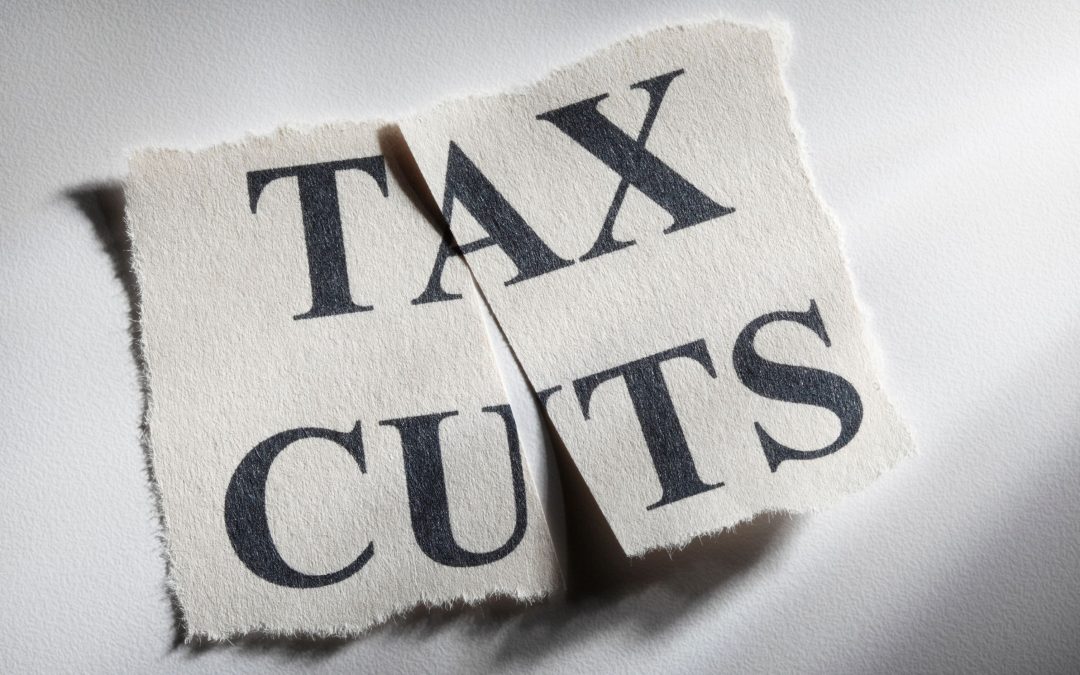
by Boris Benic | Aug 12, 2022 | Blog
Companies with Employee Benefits Plans with year-end calendar dates had until July 31st to file Form 5500 and its required audit report. Those that requested an extension had an additional 2.5 months to file, making the new deadline October 15th. That date will be here before you know it. But there’s no need to worry. (more…)

by Boris Benic | Jul 28, 2022 | Blog
Tax credits reduce the amount of tax you owe, whereas deductions lower your taxable income. There are several highly valuable business tax credits you might not know about that could cut your tax bill. (more…)

by Boris Benic | Jul 1, 2022 | Blog
Internships are an excellent opportunity for students to get real-world work experience and for employers to get help with special projects and recruiting potential employees for the future. But what do you know about compensating interns? (more…)

by Boris Benic | Jun 27, 2022 | Blog
The passing of the original SECURE Act in December 2019 was designed to improve retirement savings opportunities for workers. But the law was widely criticized for being too complicated and difficult to navigate. This March, the House of Representatives passed the SECURE Act 2.0. (more…)

by Boris Benic | May 31, 2022 | Blog
Inflation is a fact of life. We all know prices go up over time, and that’s never been more evident than it is right now. (more…)





